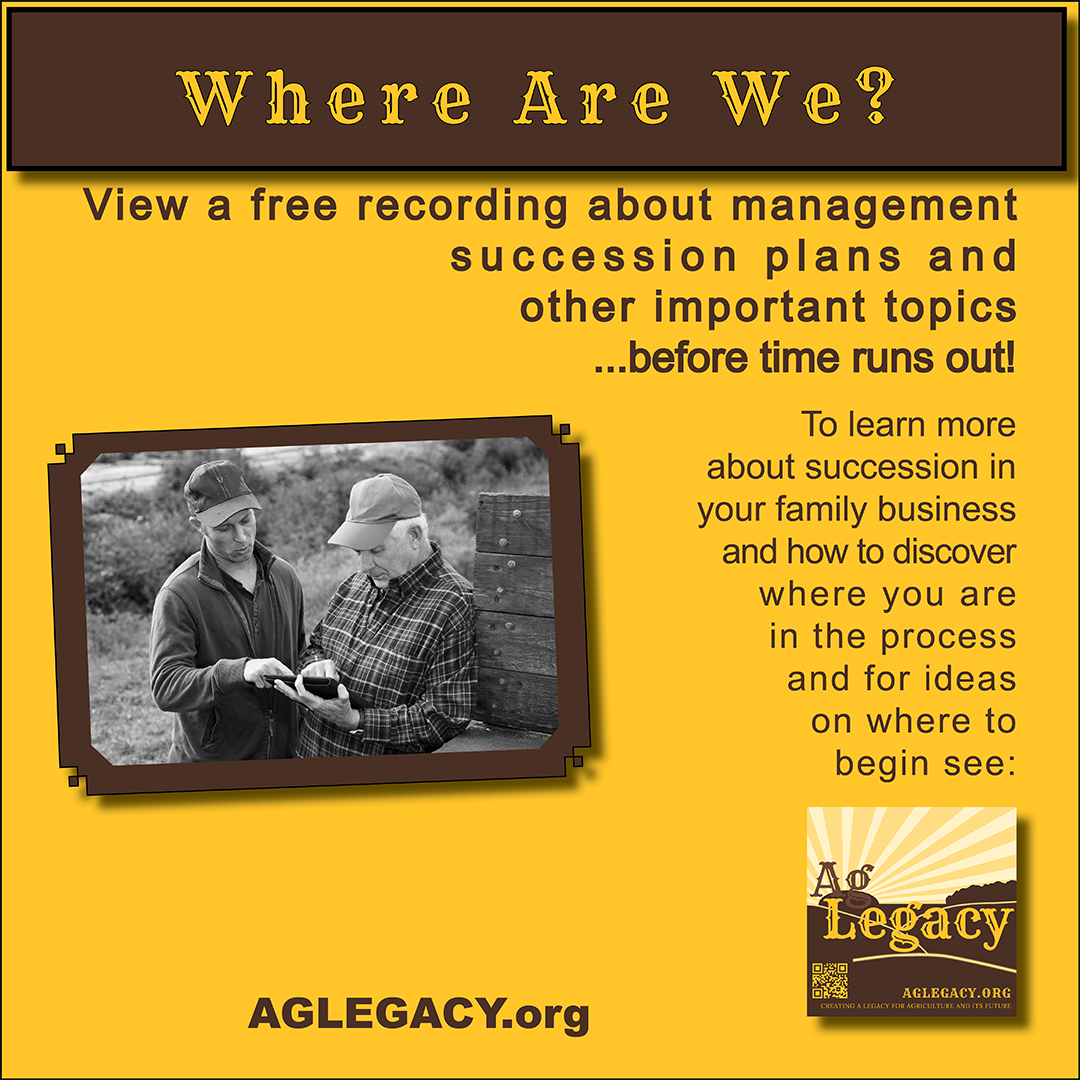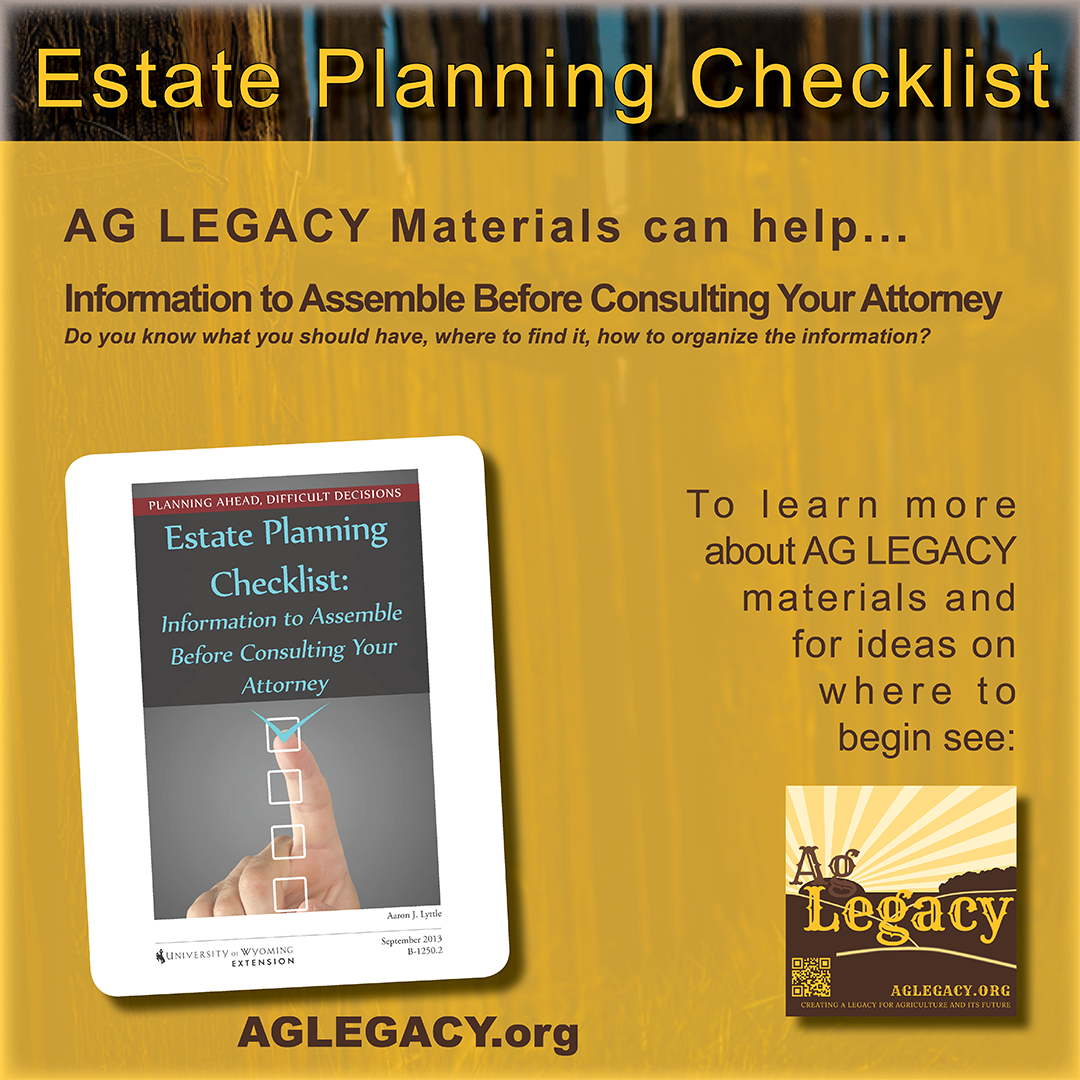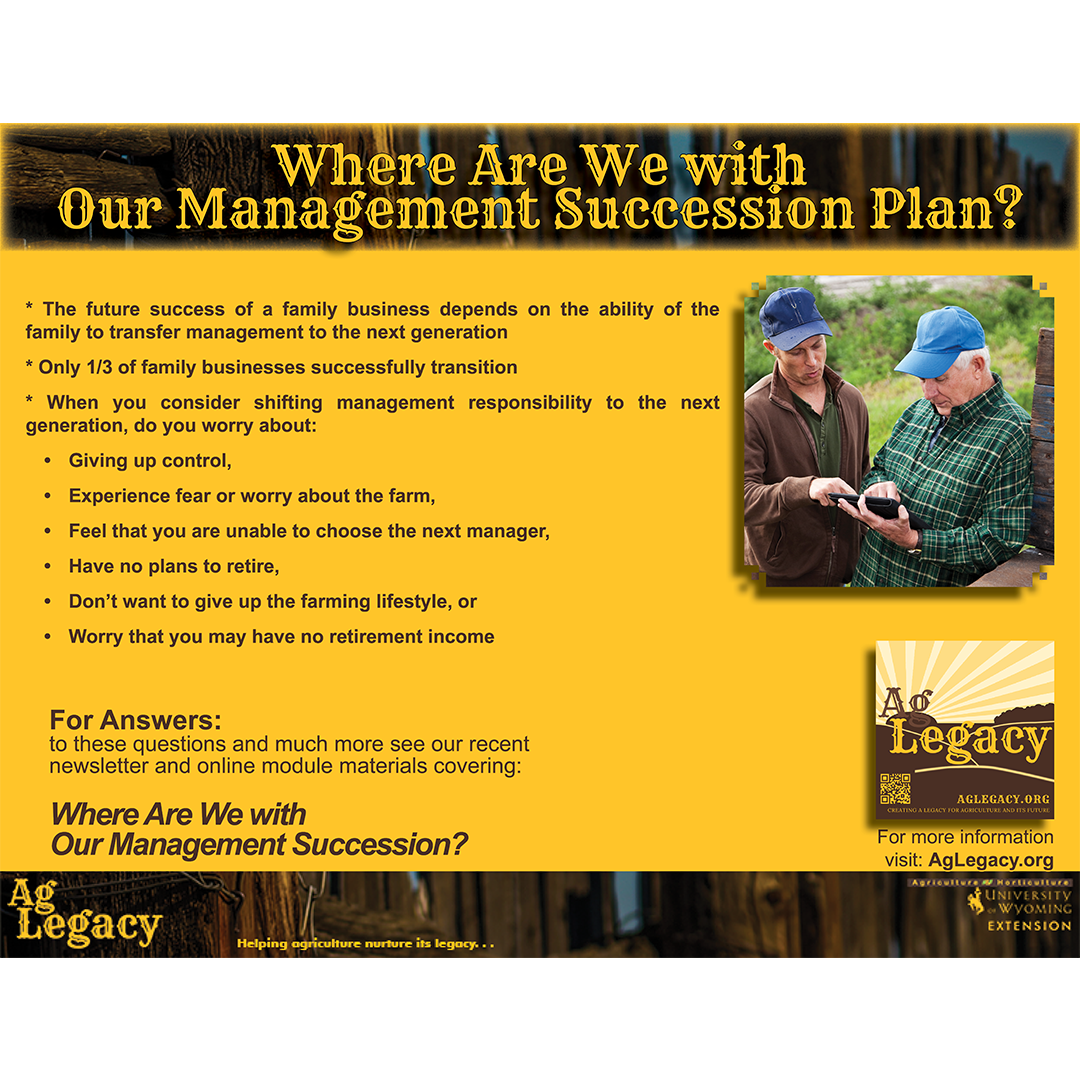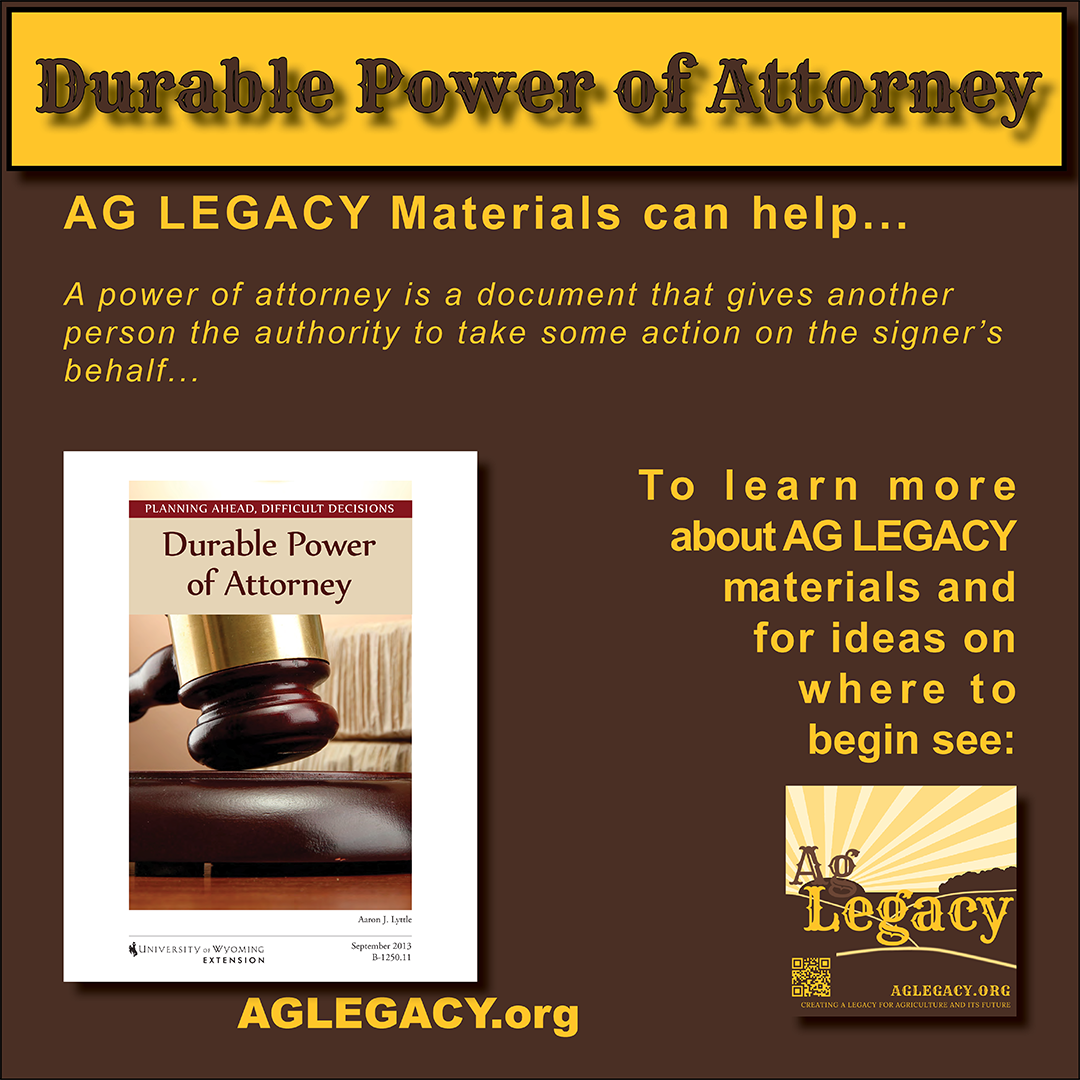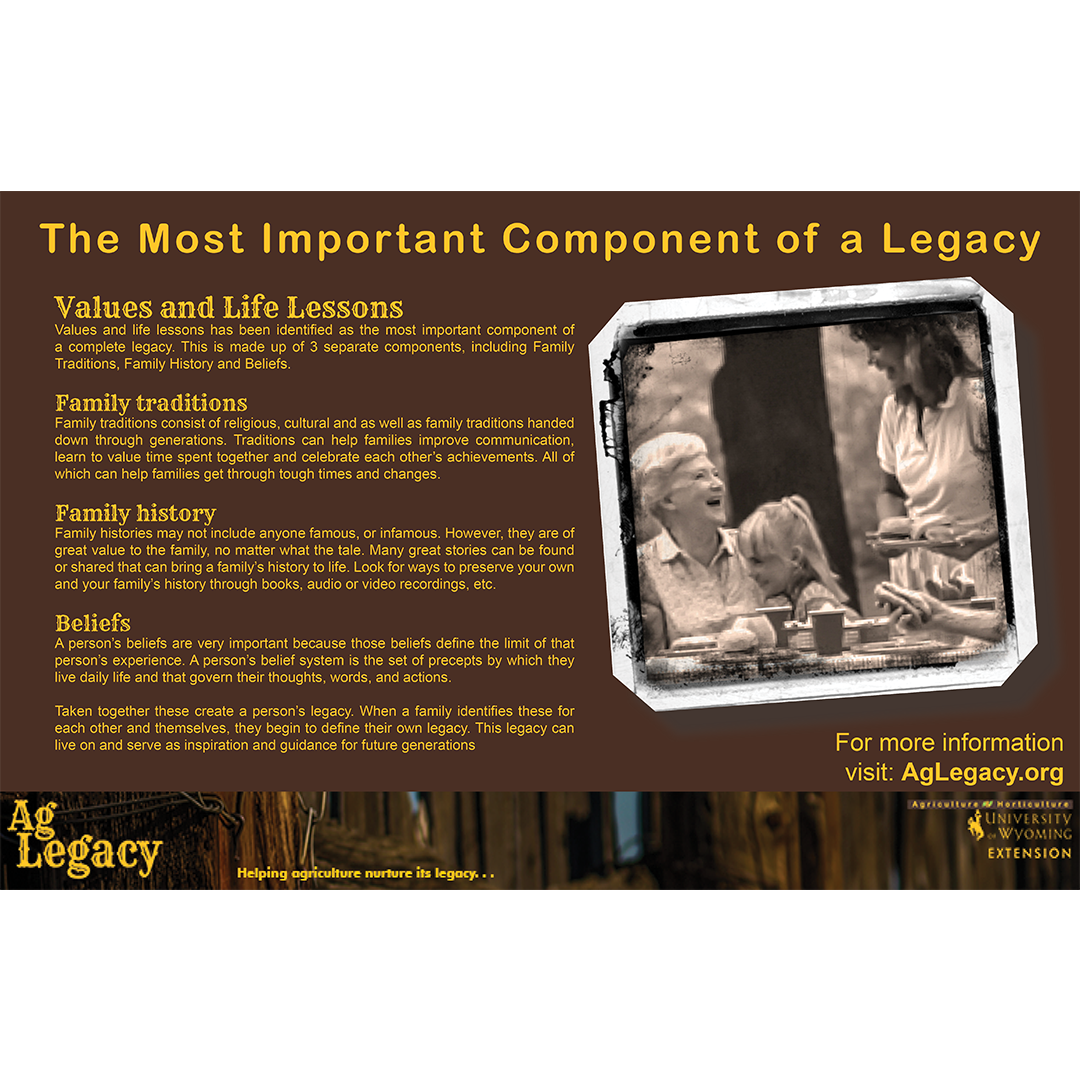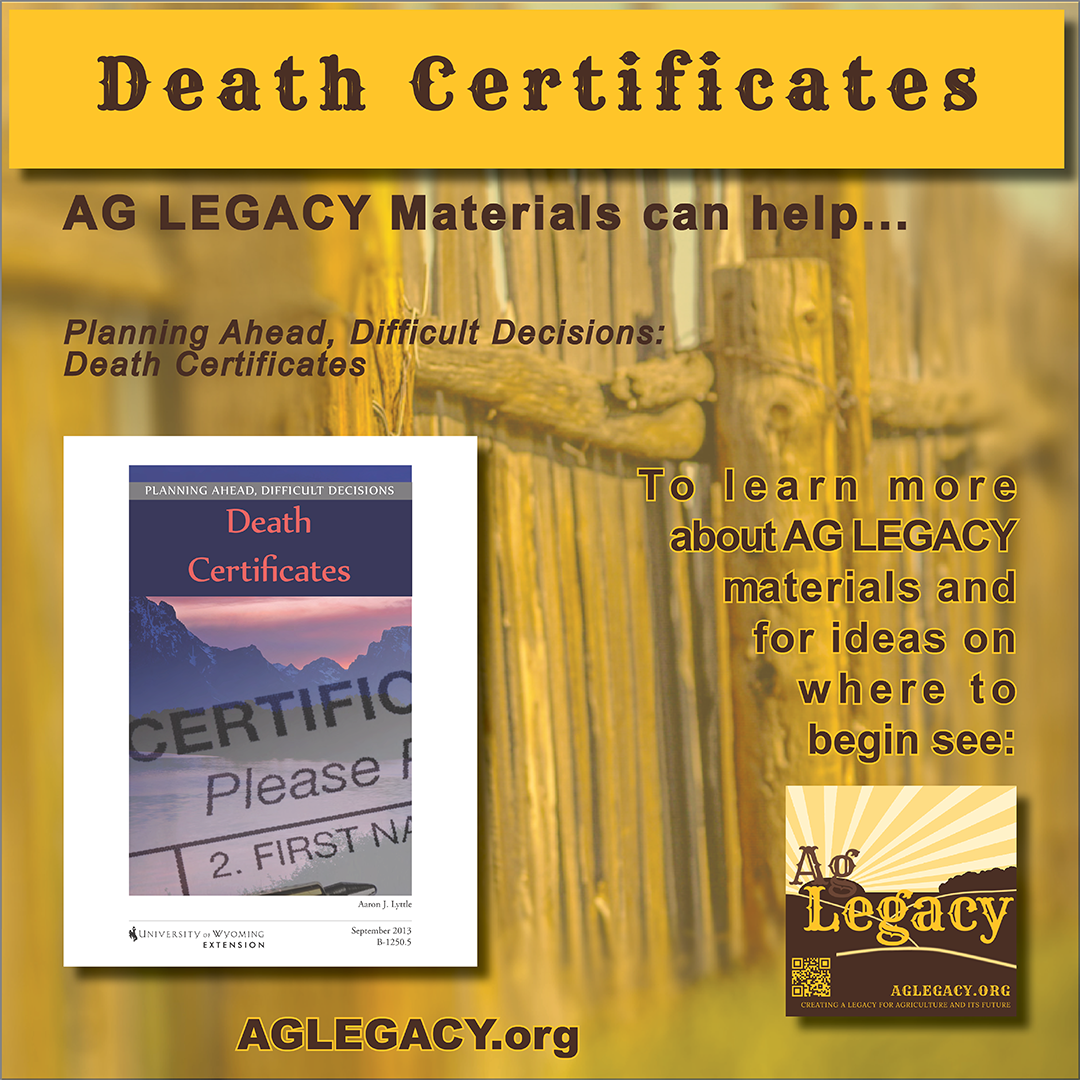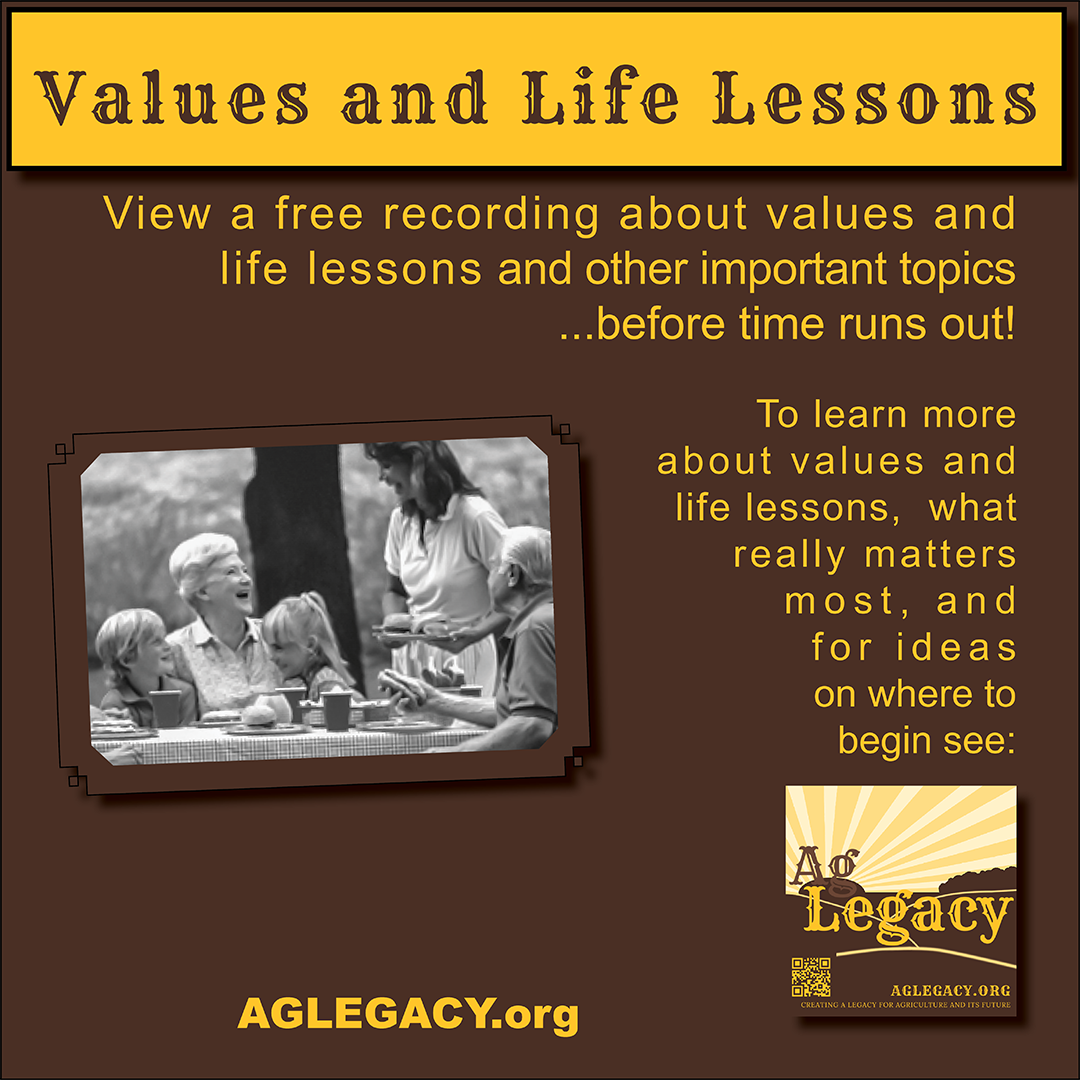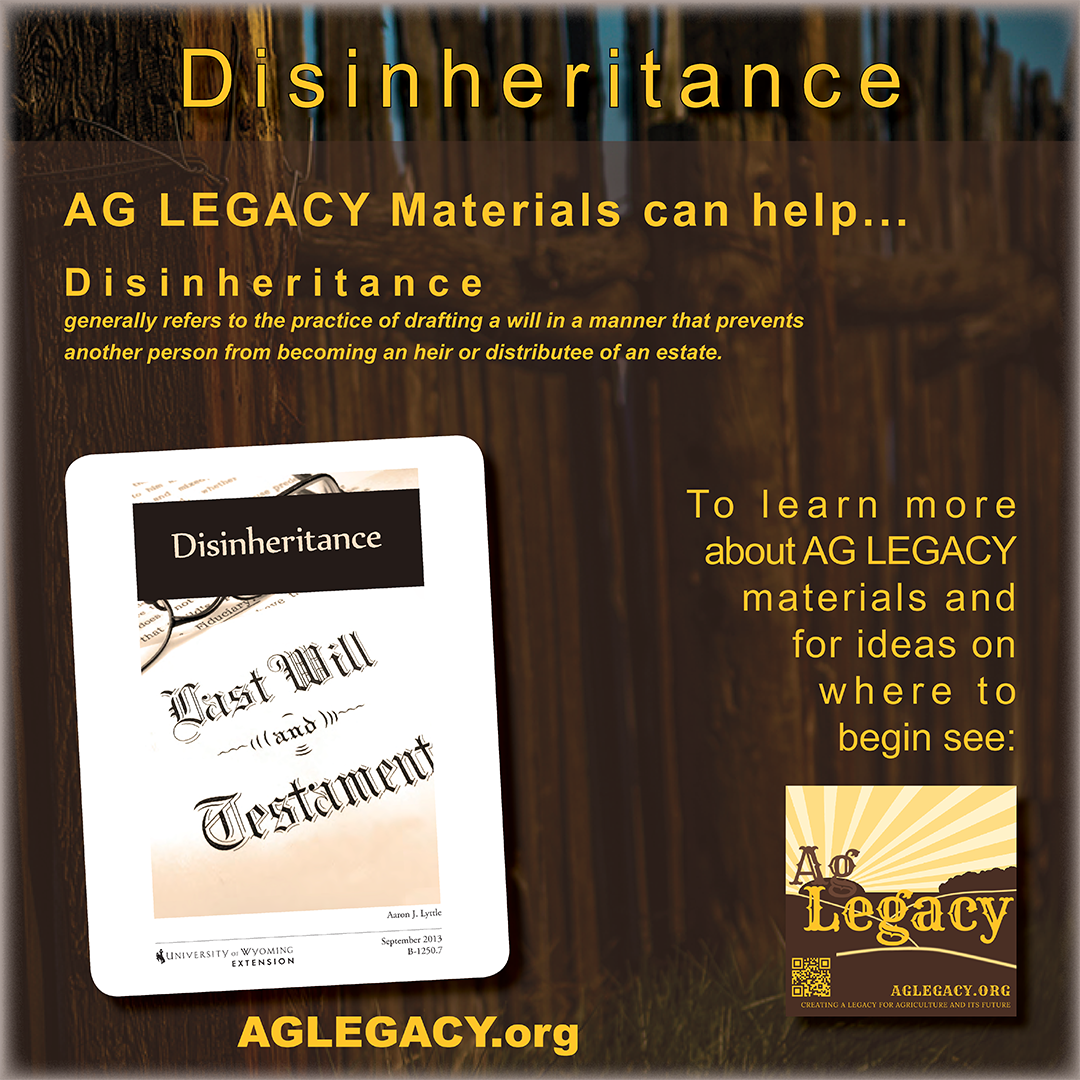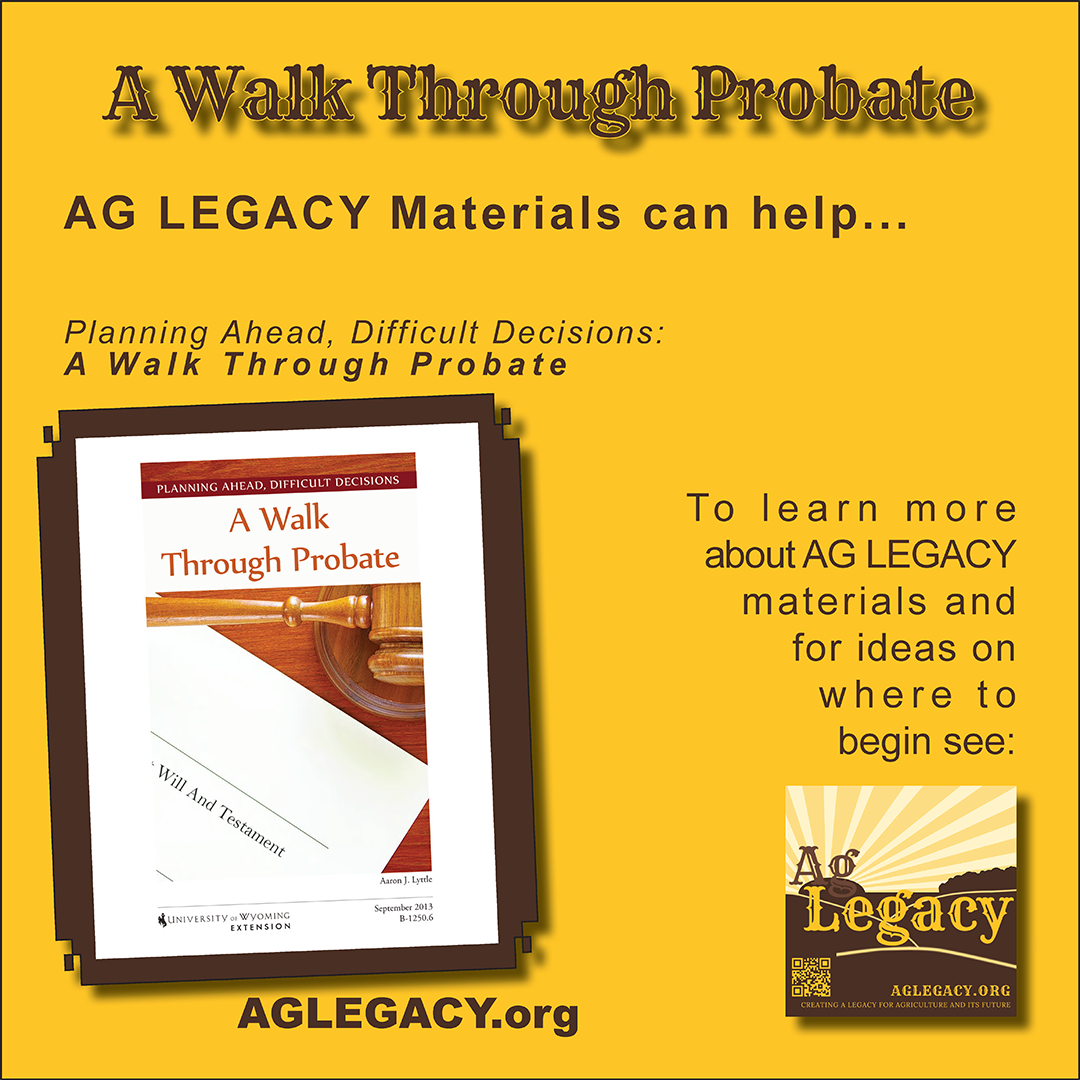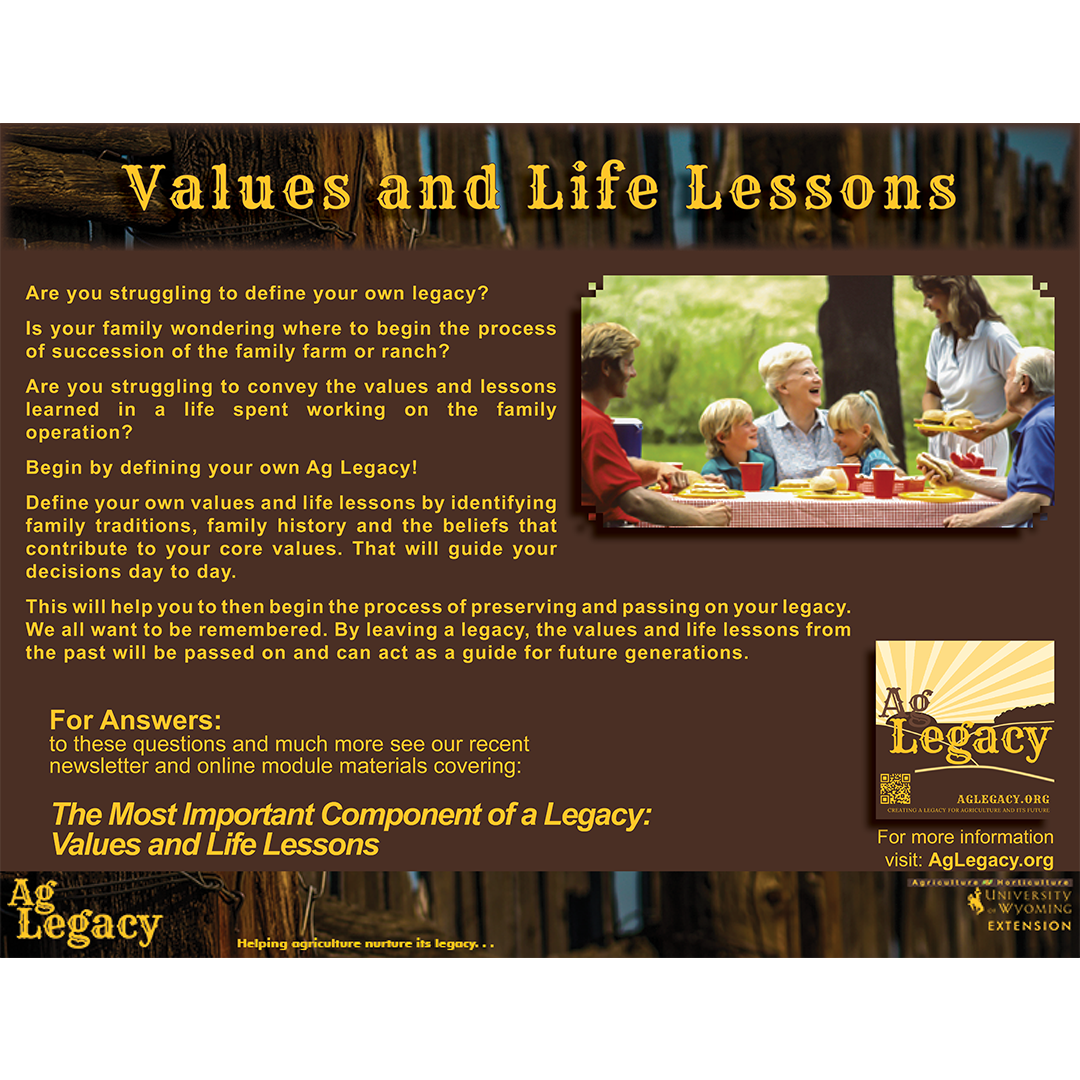
#AGLEGACY.org #FarmSuccession #EstatePlanning
Values and life lessons has been identified as the most important component of a complete legacy. This is made up of 3 separate components, including Family Traditions, Family History and Beliefs.
Family traditions consist of religious, cultural and as well as family traditions handed down through generations. Traditions can help families improve communication, learn to value time spent together and celebrate each other’s achievements. All of which can help families get through tough times and changes.
Family histories may not include anyone famous, or infamous. However, they are of great value to the family, no matter what the tale. Many great stories can be found or shared that can bring a family’s history to life. Look for ways to preserve your own and your family’s history through books, audio or video recordings, etc.
Beliefs: A person’s beliefs are very important because those beliefs define the limit of that person’s experience. A person’s belief system is the set of precepts by which they live daily life and that govern their thoughts, words, and actions.
Taken together these create a person’s legacy. When a family identifies these for each other and themselves, they begin to define their own legacy. This legacy can live on and serve as inspiration and guidance for future generations.
